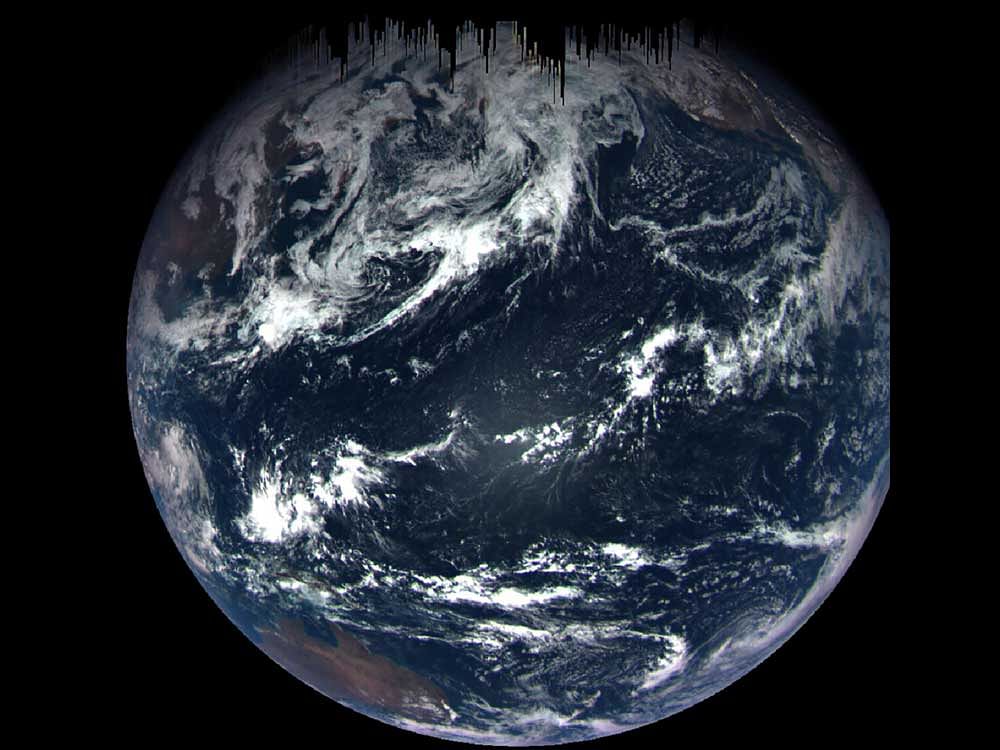
Destruction of the ozone layer may have contributed to the largest mass extinction in the history of Earth, known as the End-Permian Extinction, a study has found.
The event, also known as the Great Dying, occurred around 250 million years ago when a massive volcanic eruption in what is today the Russian province of Siberia sent nearly 90 per cent of all life right into extinction.
Geologists call this eruption the Siberian Flood Basalts, and it ran for almost a million years, according to the research published in the journal Nature Geoscience.
"The scale of this extinction was so incredible that scientists have often wondered what made the Siberian Flood Basalts so much more deadly than other similar eruptions," said Michael Broadley from the Centre for Petrographic and Geochemical Research in France.
Researchers, including Lawrence Taylor from the University of Tennessee in the US, determined the composition of the lithosphere, a section of the planet located between the crust and the mantle.
They analysed samples of mantle xenoliths, rock sections of the lithosphere that get captured by the passing magma and erupted to the surface during the volcanic explosion.
The team found that before the Siberian Flood Basalts took place, the Siberian lithosphere was heavily loaded with chlorine, bromine, and iodine, all chemical elements from the halogen group.
However, these elements seem to have disappeared after the volcanic eruption, researchers said.
"The large reservoir of halogens that was stored in the Siberian lithosphere was sent into the Earth's atmosphere during the volcanic explosion, effectively destroying the ozone layer at the time and contributing to the mass extinction," Broadley said.